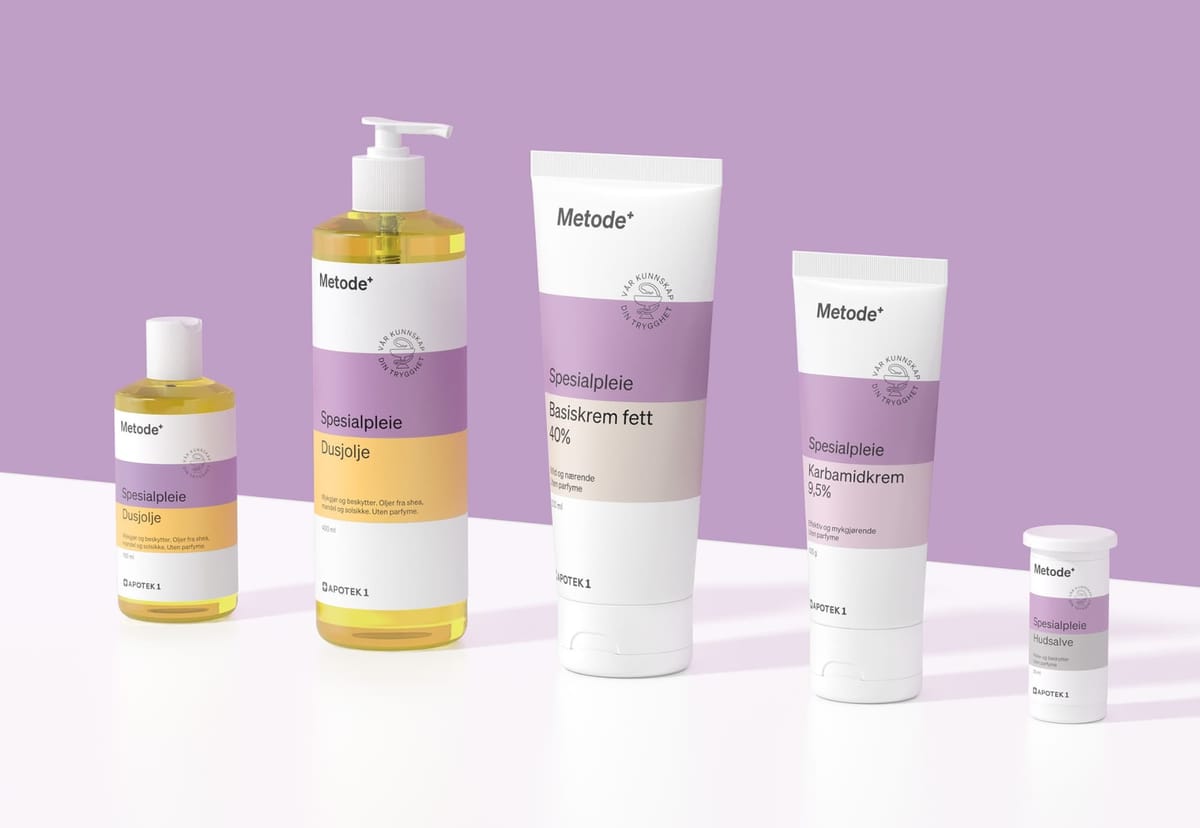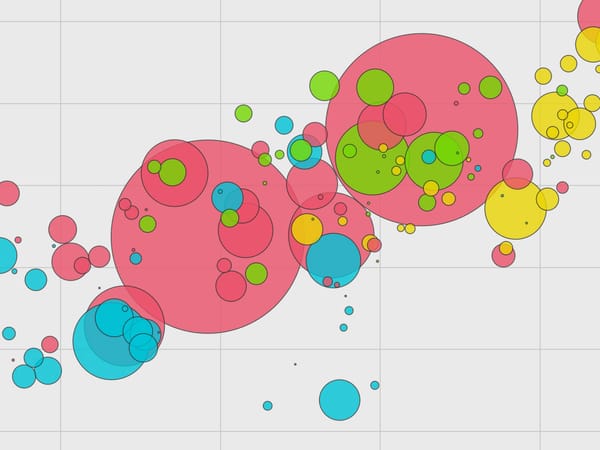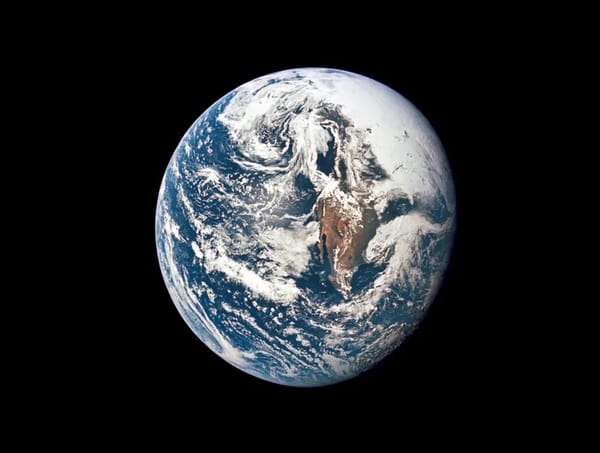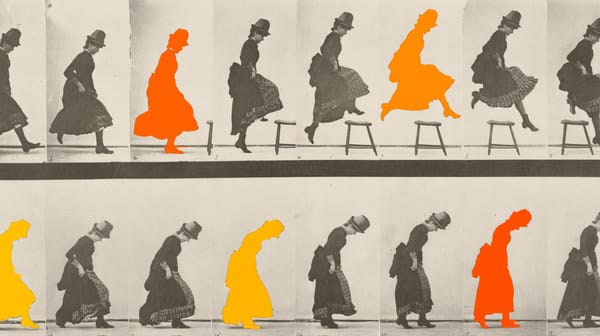Material Questions
Sandro Kvernmo on making sustainable packaging at scale

Goods Oslo is a branding and packaging-design office based in Oslo. Founded in summer 2019 as an outgrowth of the design studio Heydays, Goods dedicates itself to creating sustainable solutions and has worked with Apotek1, Norway’s largest pharmacy, as well as the technology company ReMarkable, the shoe company Aurlands, and restaurants like Mano Pizza and Limón. We spoke with co-founder and creative director Sandro Kvernmo.
Frontier: Goods has worked with leading Norwegian chains and with small companies bringing their first products and retail experiences to market. Can you talk about the differences or any unexpected similarities you’ve found in working at radically different scales?
Sandro Kvernmo: Scale is important; sometimes we have to think not only about the design solution and its sustainability, but also how many seconds it takes to produce in a factory. Equally important, though, is the pull of tradition within a company. Some established firms are ready to embrace sustainable design; others require more information.
It also depends on what we’re being asked to design. Let’s say we design a beer brand. Norway has a fantastic recycling system, so we would not have to put as much thought into the sustainability of the aluminum cans or the glass bottles.
Every company we work with has to stand on two legs: the brand leg and the responsibility leg. In both areas, we’re focused on communication.
Frontier: Questions of scale inevitably relate to questions of budget. I assume your client reMarkable’s leaders were willing to invest significant money into ensuring its packaging was plastic-free and considerately designed. Have you found that emphasizing the circular economy as a design firm requires you to start at the higher end of various markets? Is a long-term goal to bring circular thinking to companies in lower-margin and more disposable consumer spaces?
SK: What’s expensive is being unsustainable. With reMarkable, specifically, our redesign reduced the per-unit cost of the packaging. We also managed to reduce the package’s size. It’s a win-win situation, financially, because they save money on each box and can ship more boxes in the same amount of cargo space.
Nearly every brief can be broken down into balancing three main challenges: cost, experience, footprint. We want to push all three to be as optimal as possible. ReMarkable spent money with us on R&D. It takes time and resources to discover the best solutions. The tray that holds the device is made of sugar cane. It’s not expensive, since it’s a leftover from sugar production, of which there is a lot in Asia. But we had to source it, to confirm we could get enough of it, that we could make it in the color we want, and the like.
Our clients often come to us for version two of something. ReMarkable began as a wildly successful Kickstarter campaign; they were working quickly to get everything out the door so their initial packaging decisions were followed industry standards.

Frontier: One thing that struck me about the discussion around reMarkable’s packaging is that by halving the size of the packaging you’ve doubled the shipping density, in part to “ship as little air as possible.” Can you elaborate on that?
SK: Immaterial decisions can be as important as material decisions.
Once a company we work with builds custom machines and makes 200,000 units of some package, it’s gone—we can’t make incremental tweaks. So thinking through all the ways a package can be more sustainable, from the outset, is important. It’s all about dialogue.
But though Goods was launched from within Heydays, a design studio known now for its digital focus, what we do here is really physical. A package’s tactile qualities, or how the openings and closures work, or how it survives drop tests—those things are hard to simulate.
Frontier: In another interview, you said, “Very often, the most impactful solution to a packaging problem isn’t a change to the packaging itself, but a change to distribution or business model.” How has your fifteen years in graphic design set you up to notice and communicate the opportunities in redesigning supply chains and business models?
SK: When you’ve been working on “graphic design,” you look for opportunities to impact more, to work higher up in the pyramid. Sustainable packaging is a new field. Not many other design firms are taking up this fight. We use that as motivation. At the same time, you can’t be an expert before you start doing the work. So we’re learning with every project, and we know we’ll be able to not only share that knowledge with other designers but also help our future clients make smarter choices.
Frontier: Goods is a member of Green Dot Norway, an alliance of companies working to fulfill government mandates about recycling. Can you talk about the balance of responsibilities between private companies, governmental agencies, and nonprofits in reducing waste?
SK: We’re the first design agency to join the alliance as a controlling member. It’s partly symbolic. But it’s also about increasing our access to knowledge. Some of these corporations only share sustainability insights with other members.
There are opportunities to explore even with the idea of the Green Dot itself. Two Degrees Creative invited us to participate in a challenge to redesign the green-dot symbol. Many consumers think the green dot on a package means it’s a sustainable project. Instead, in Norway, it means that once you cross a threshold for the annual tonnage of products you create, you pay a fee to the alliance to offset recycling costs. Of course, we think everything can be communicated better.
To answer the other part of your question, we know that political regulation is necessary. The EU is working on ambitious initiatives; if I remember correctly, it’s banning single-use plastics this year. Norway has Producer Responsibility Regulations. All these developments build a taxonomy, or a language, of materials. In the future, people and companies will be judged on both the resources they use and the resources they take responsibility for. Today the Norwegian economy is only three-percent circular. The framework of laws and initiatives, led by the government but embraced by companies, will help us better measure and increase that number. And once that measurement is both more specific and more widely appreciated, companies that follow sustainable best practices can use their numbers for marketing and for internal inspiration. It will be the new “bottom line.”
Frontier: You’ve said that your company’s most impactful solution won’t be the design projects you complete, but rather the knowledge you gain and share. Apart from your newsletter and interviews like this one, what are your plans for sharing what you’ve learned?
SK: In the next few months we’ll launch our Index, a low-impact website that shares all the knowledge we’ve gained through our projects. We see it as a way to help other companies and agencies make more sustainable packaging choices. It’s also a good marketing opportunity. But the site is not just a list of vendors. Instead, we’re trying to create a more robust vocabulary for this kind of work. No idea in it is particularly new, and we’re crediting our inspirations. You have to know the letters and words before you can make sentences with them. What’s exciting for me is that it will be a work in progress—forever.





